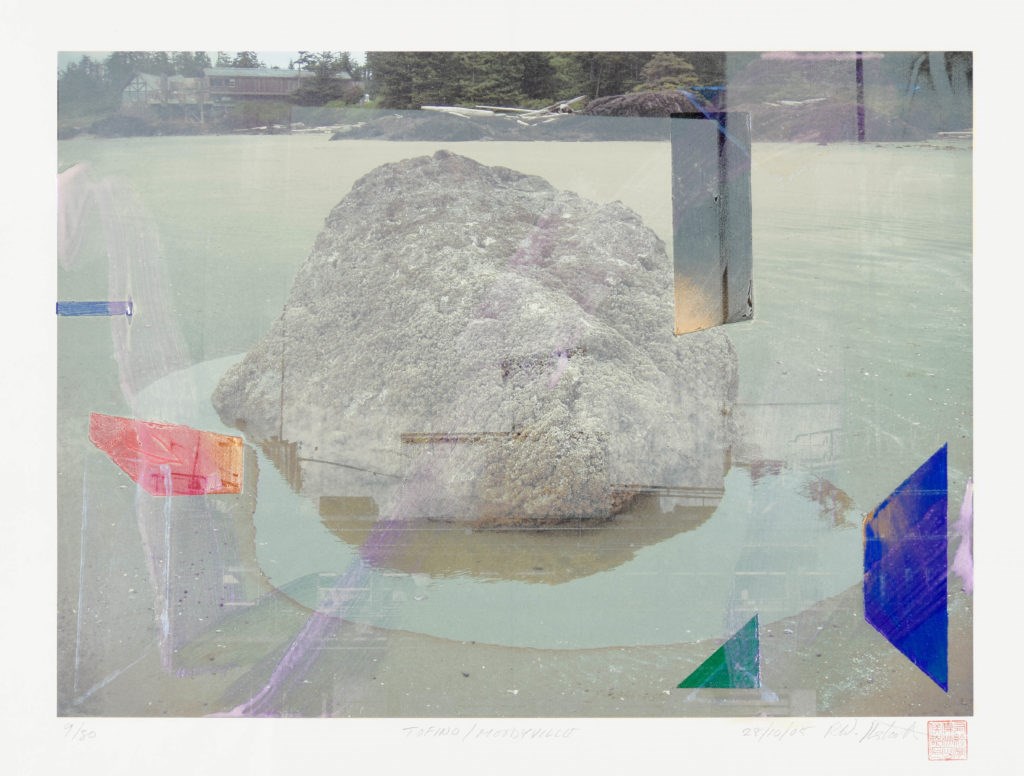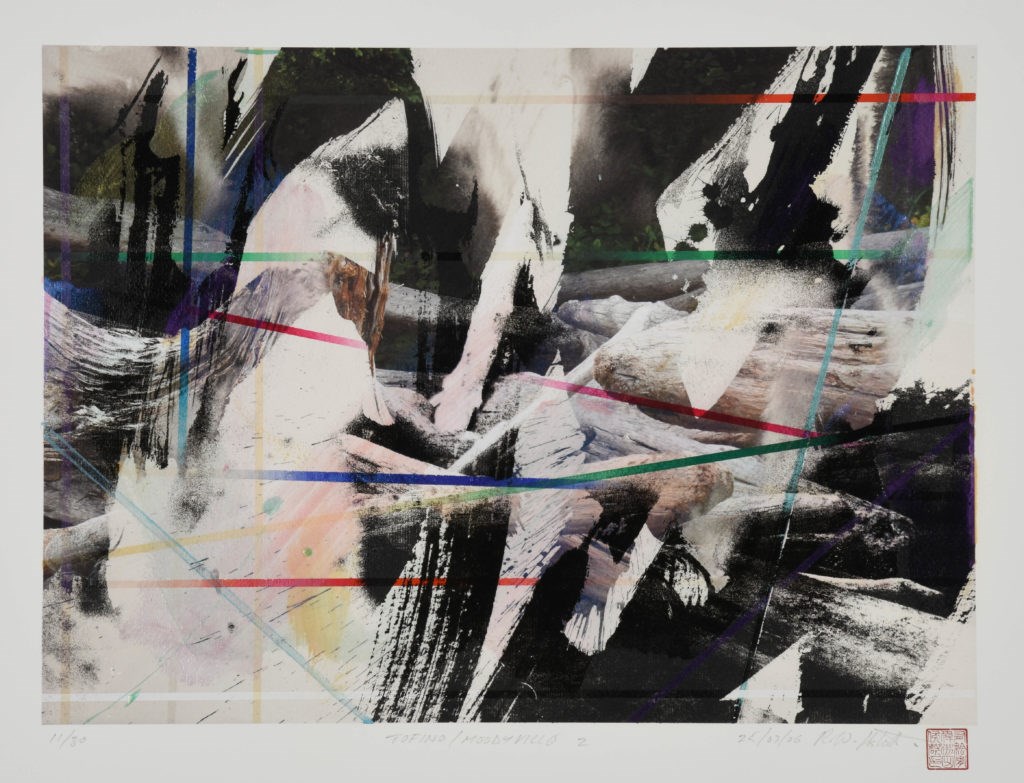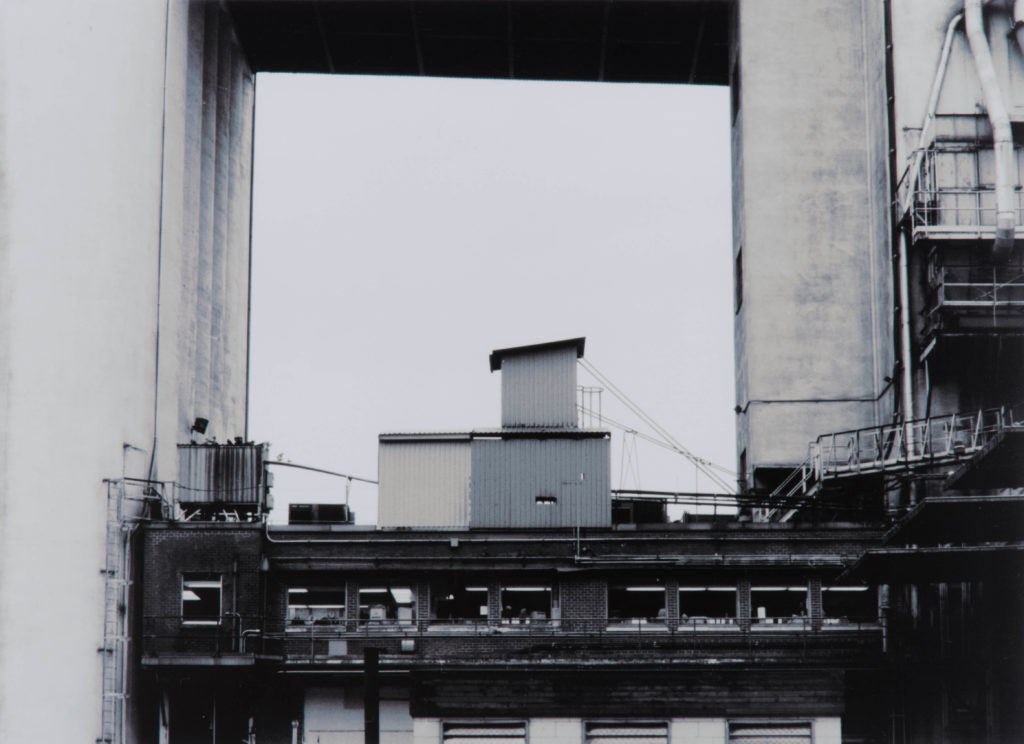In 1966, Wayne Eastcott graduated with honours in painting and
printmaking from the Vancouver School of Art, then embarked on a career
of innovative printmaking. This led to a Canada Council Grant in 1968
for the development of new printmaking techniques, in particular the
Xerox technique. He subsequently engaged the interest and active
participation of Xerox Corporation in Rochester, New York and Fuji-Xerox
in Tokyo, Japan where he made a defining video “Electography, what is
it?” Wayne joined the art faculty of the Capilano College in 1971 and,
in the same year, he and BC Binning, established the Dundarave Print
Workshop in West Vancouver, which is now operating on Granville Island
in Vancouver. In 1979, he established the printmaking Department of
Capilano College. Wayne has exhibited nationally and internationally,
including New York, Japan, Yugoslavia, Poland, Germany, Spain, India and
Brazil. His work is found in many private, corporate and public
collections, such as the National Gallery of Canada. 

Tofino Moodyville 1, 2006
inkjet, serigraph, stencil, ed. 30
image: 16” x 22”
paper: 22” x 29.5”
Call to inquire about availability (604) 903-3798

Tofino Moodyville 2, 2006
inkjet, serigraph, stencil, ed. 30
image: 16” x 22”
paper: 23” x 29”
Call to inquire about availability (604) 903-3798
The original print Tofino/Moodyville 2 is the product of the artist’s
interest in photographic images of North Vancouver’s industrial
coastline, combined with appropriated imagery from the untamed west
coast of Vancouver Island. It contains signature Eastcott stencil work
in an elegant yet complex interplay of lines, iridescent colour and form
adding visual mystery in a way that only he can do.

Moodyville Notes, 2005
archival inkjet, ed. 15
image: 16” x 22”
paper: 22” x 28”
Call to inquire about availability (604) 903-3798
Often referred to as silkscreen printing, serigraphy is the most
common kind of stencil printing. Silk is tautly stretched across a
frame, and an image is created by affixing a stencil to the mesh to mask
out areas dictated by the composition. Paper is placed beneath the
screen and a squeegee is used to push ink through the mesh. Stencil
areas obstruct the ink. Separate screens and stencils are made for each
colour.
Giclee, or inkjet printing is achieved using a high-resolution
printer. The minute closeness and intense colour of the ink produces a
high-quality archival image. Artists often add hand-drawn or painted
features to create original prints from multiples. C-Print, or a
chromogenic print is the most common type of colour photographic
printing. C-prints are composed of layers of cyan, magenta and yellow
ink that together create a full-colour digital image.